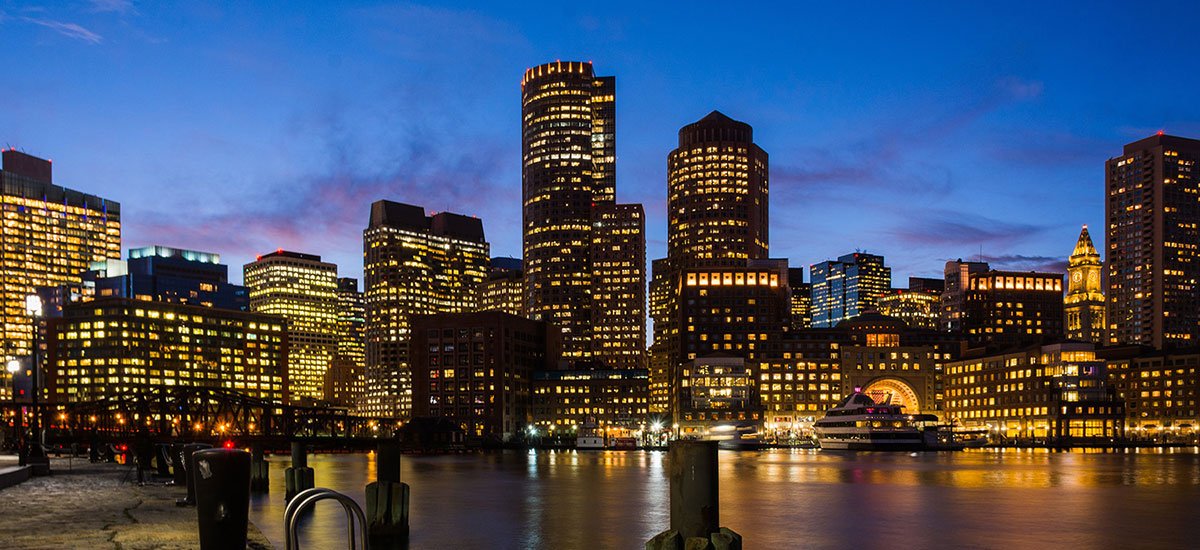Revolutionizing Audience Interaction Through Immersive Virtual Reality Experiences in Real-time Productions
Revolutionizing Audience Interaction Through Immersive Virtual Reality Experiences in Real-time Productions
Blog Article
In the past times, digital VR has emerged as potent tool for enhancing viewer involvement in real-time performances. This technology allows audiences to submerge themselves in a three-dimensional setting, creating a unique encounter that conventional formats cannot easily duplicate. Through utilizing VR, producers can transport audiences into the core of the performance, causing them sense as if they are part of the performance. This innovative approach not only enchants viewers but also unlocks new possibilities for storytelling and interaction.
One of the key advantages of using VR in live productions is the ability to create a more interactive experience. Audiences can engage with the performance in real-time, influencing the result or discovering different perspectives. For example, in a theater production, viewers using VR goggles can choose to follow specific characters or scenes, allowing them to tailor their experience. This level of engagement cultivates a more profound bond between the viewers and the show, rendering it even memorable and impactful.
Additionally, VR tools can improve the sight and sound aspects of a real-time performance. Using top-notch visuals and audio engineering, producers can build breathtaking environments that attract audiences in. This engaging quality can elevate the complete experience, making it more captivating and pleasurable. For example, a musical performance can be converted into a rich encounter, where fans feel as if they are on stage with the performers. Such enhancements not only attract bigger audiences but also encourage repeat viewing, as audiences look to re-experience the thrill.
Alongside enhancing audience engagement, VR can also provide insightful data for creators. Through examining how audiences engage with the digital setting, producers can gather data on audience likes and actions. This data can guide upcoming performances, assisting to customize material to more effectively satisfy the needs and desires of the audience. As a result, VR not only enriches the present encounter but also adds to the evolution of real-time performances as a find out here complete entity.
With the technology continues to advance, the potential for VR in live performances is immense. Ranging from stage shows and concerts to sports events and celebrations, the possibilities are endless. Through adopting this cutting-edge method, creators can revolutionize the way audiences experience live performances. With an increasing number of producers explore the integration of VR, it is likely that we will witness a change in how shows are crafted and delivered, ultimately leading to a greater immersive and participatory future for live performances.